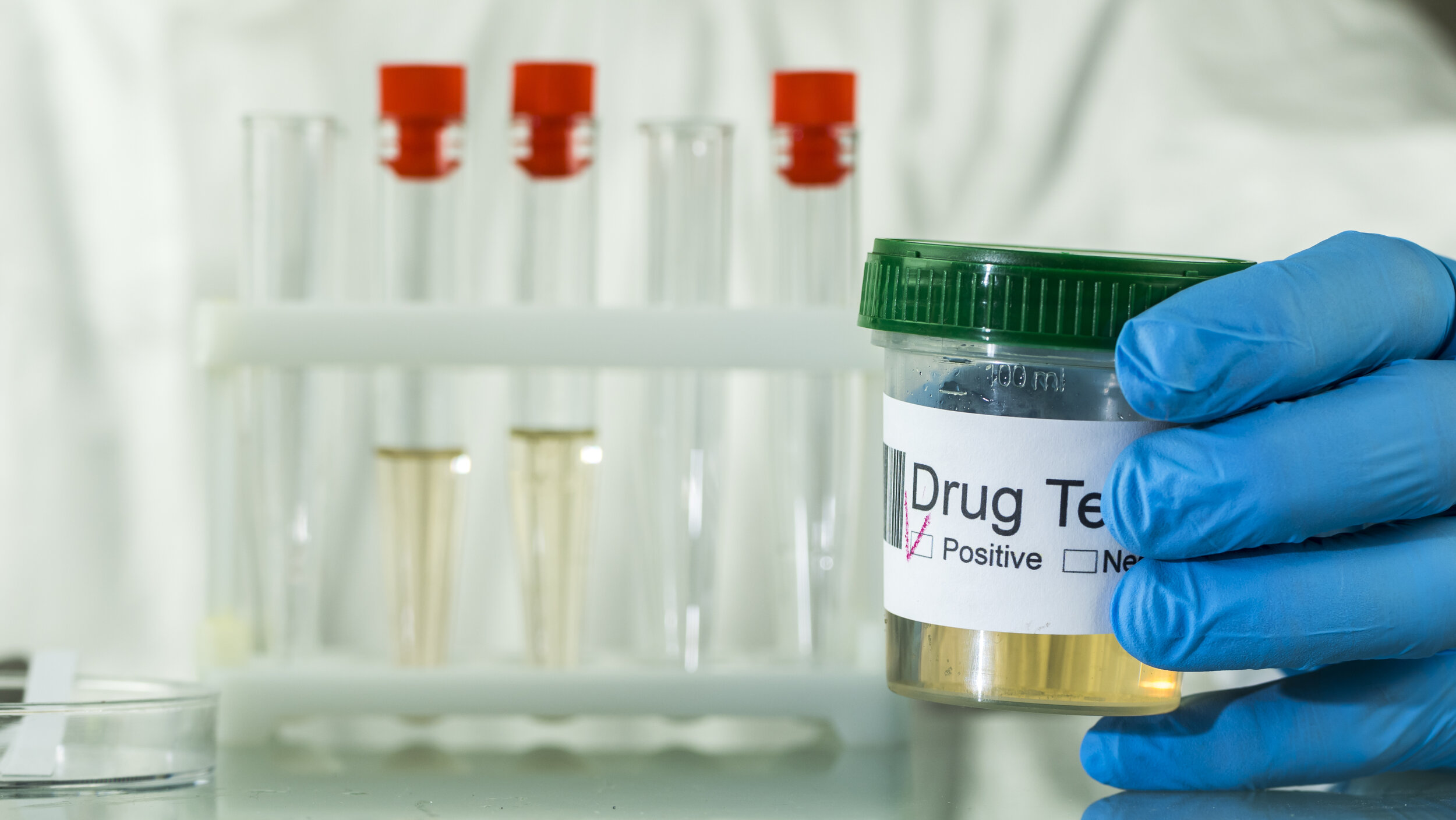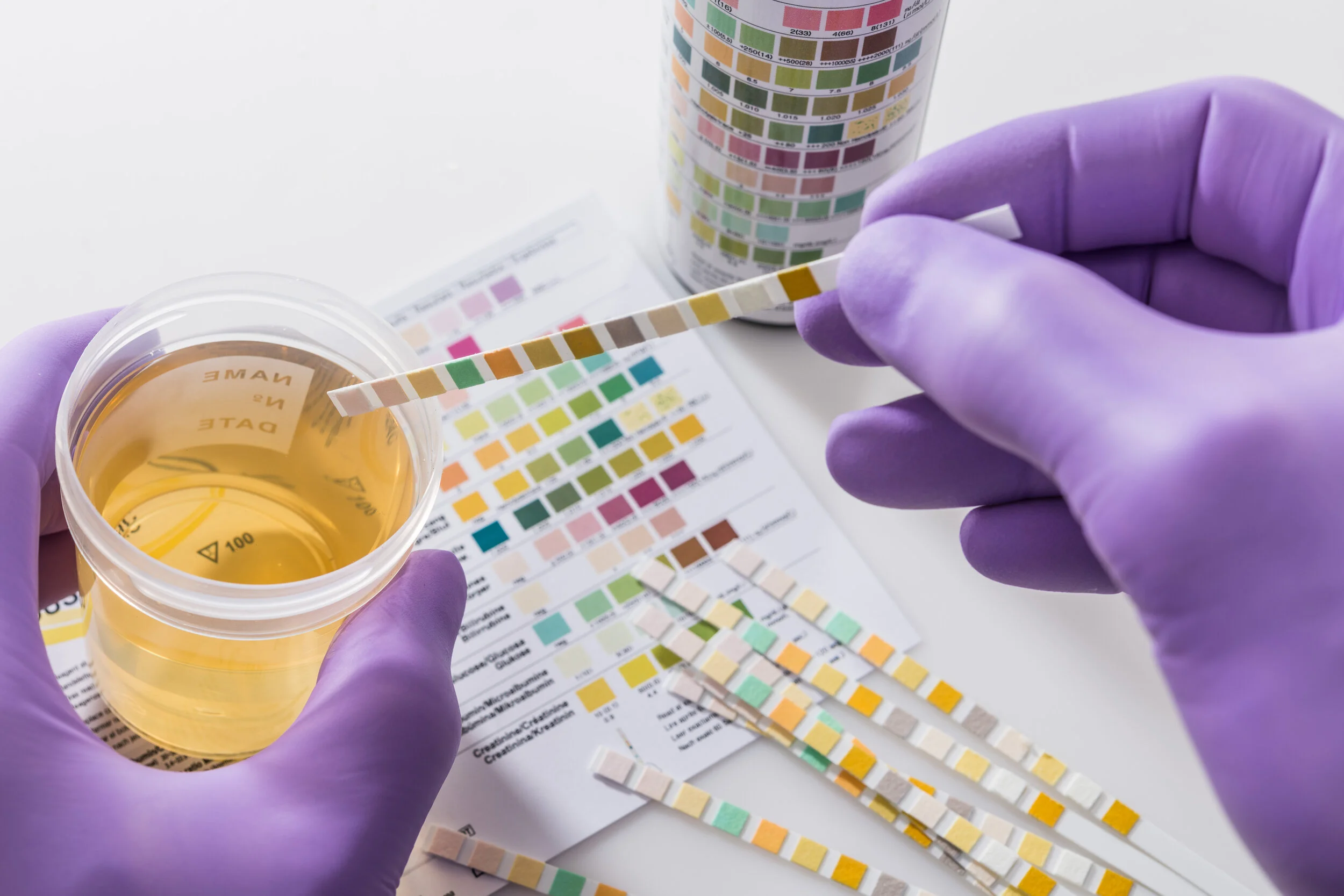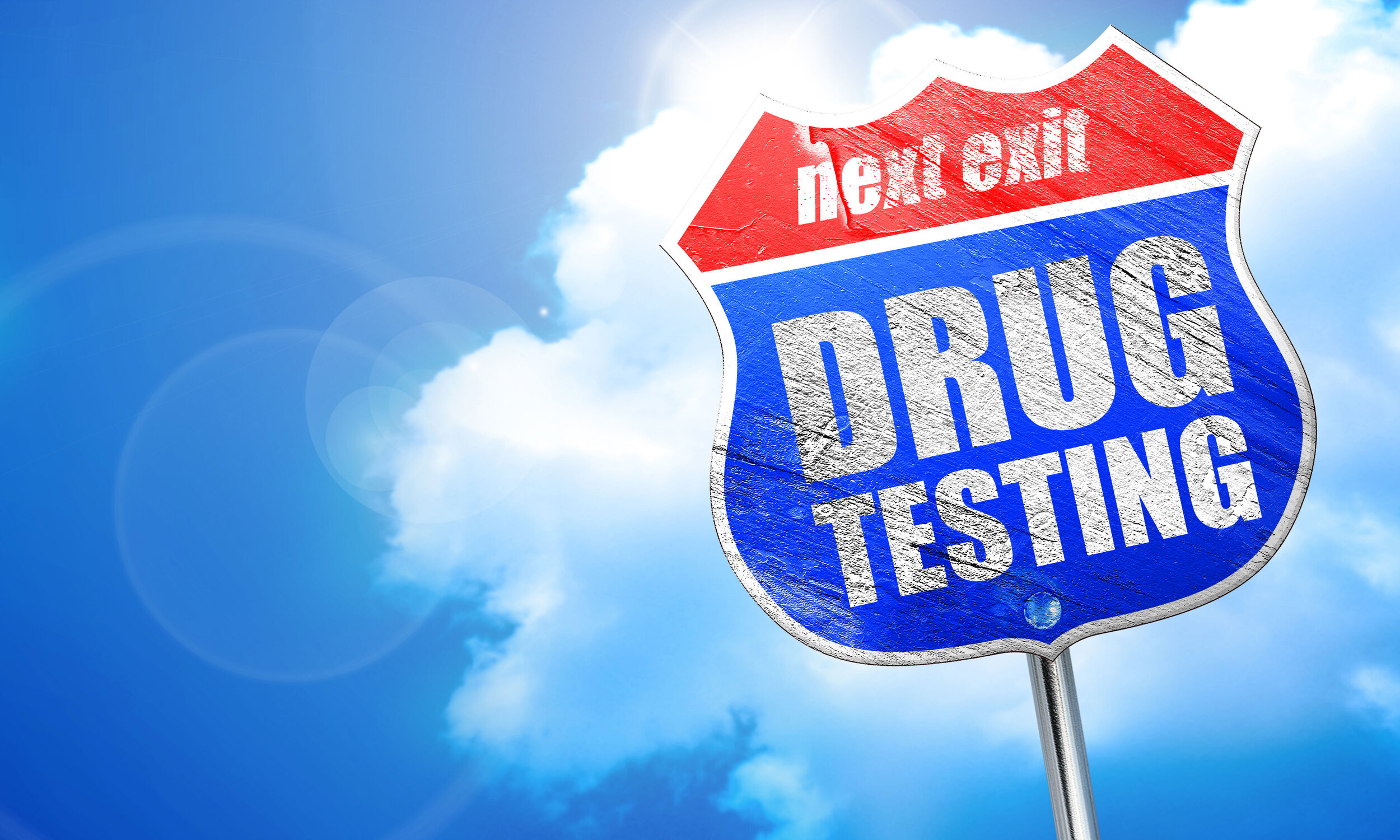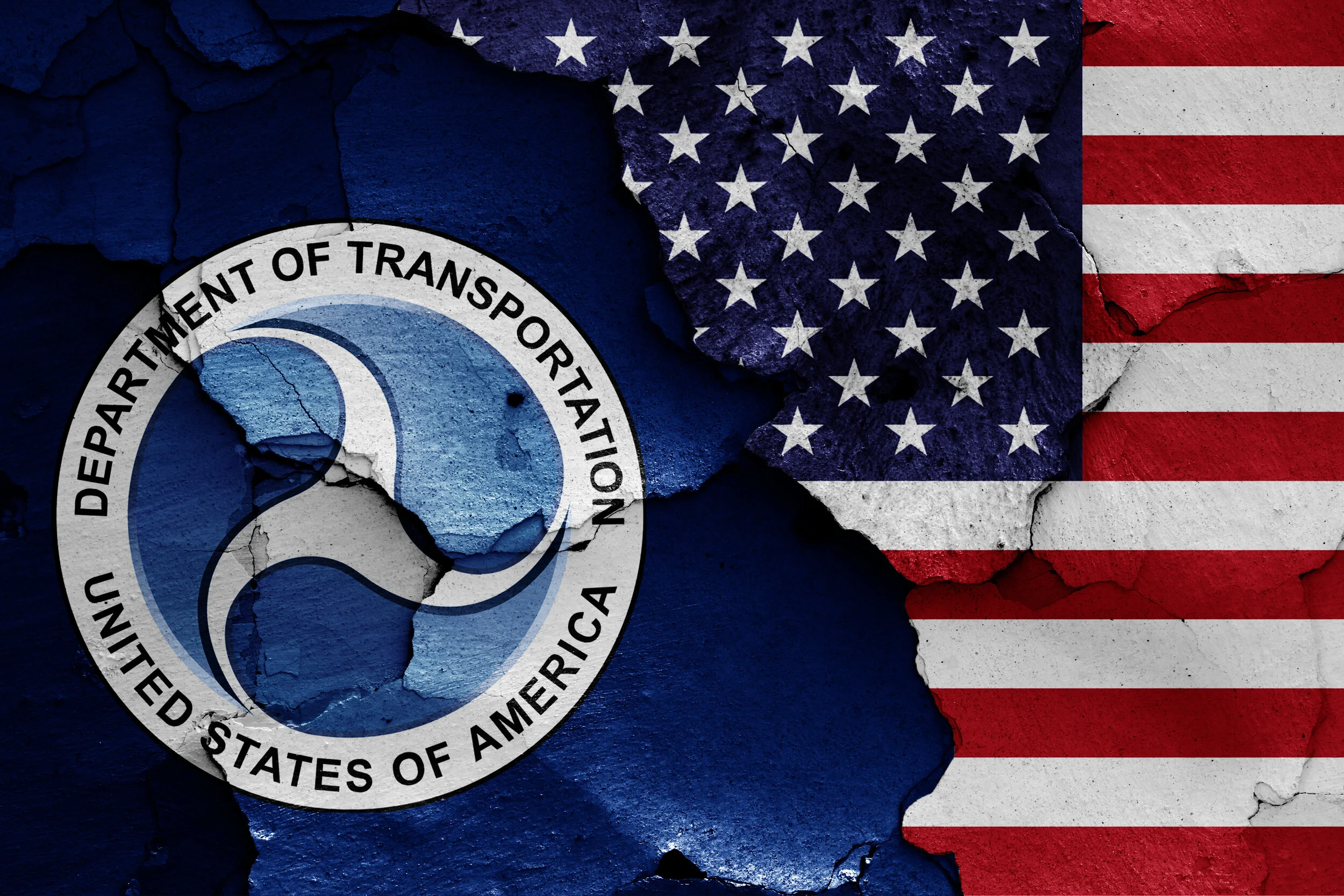The Ins and Outs of Drug Screening
A urine drug screen (or test) is used to detect the presence of drugs in a person’s system.
It is especially important for DOT-regulated employers to follow all drug screening regulations for mandated employees. But how do drug screens actually work? Medical News Today provides some insight.
A urine drug screen can detect a range of drugs, including:
Alcohol
Amphetamines
Barbiturates
Benzodiazepines
Cocaine
Marijuana
Methamphetamine
Opioids
Phencyclidine (PCP)
A doctor or trained technician will carry out the drug test. There are two types of Urine drug screens, and both require a sample. Immunoassay (IA) is the most common test, because it is the quickest and the most effective. However, it can give a false positive result, which shows the presence of a drug when a person has not used it. A second screen can confirm the results of an IA test.
Gas Chromatography-Mass Spectrometry (GC-MS) is more reliable than IA, and can detect a wider range of drugs. GC-MS tests are generally only used as follow-ups, since they are more expensive and results take longer. However, both IA and GC-MS tests can produce false negative results, where they fail to indicate that a person has recently done drugs.
Urine drug screens use cut-off levels, which means that a result will only be positive if the amount of the drug is above a certain level. Having cut-off levels prevents false positive results, which can occur if someone has not taken an illegal drug, but has eaten a food containing a legal amount of hemp, cocoa, opium (i.e. poppy seeds). They also reduce the chance of someone testing positive after passive exposure to a drug (secondhand smoke).
Several factors can also affect the time a drug test takes to detect a certain drug in the body. Some factors include: body mass, hydration levels, urine acidity, and time from drug usage. If someone uses a drug frequently or heavily, a urine test will detect the drug for a longer period of time. Drug screen results usually come back within a few days. Negative results may come back more quickly, and a positive result may take longer, as ensuring accuracy might require further testing. A positive result may cause someone to take a second test for confirmation, and the test will be a GC-MS, for the most accurate results.




















